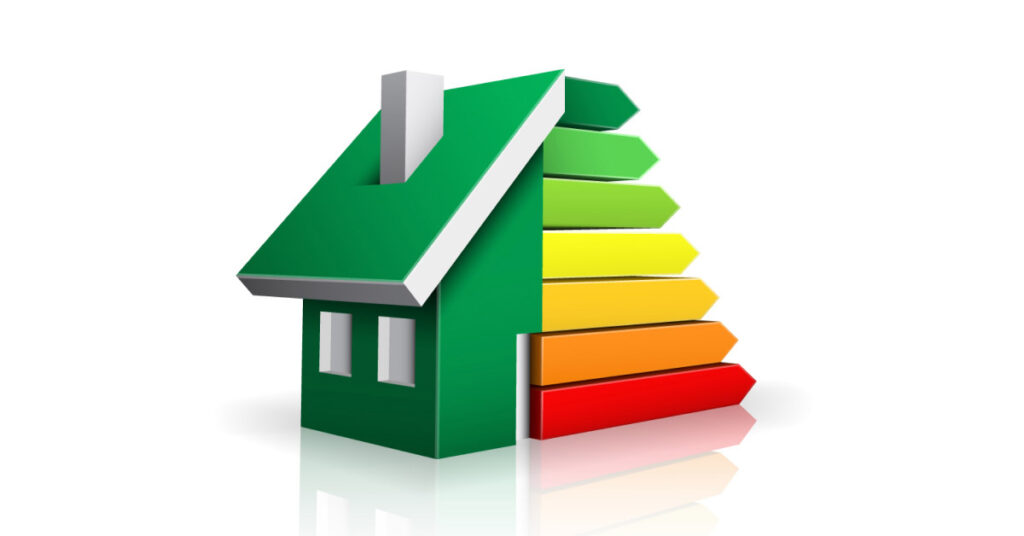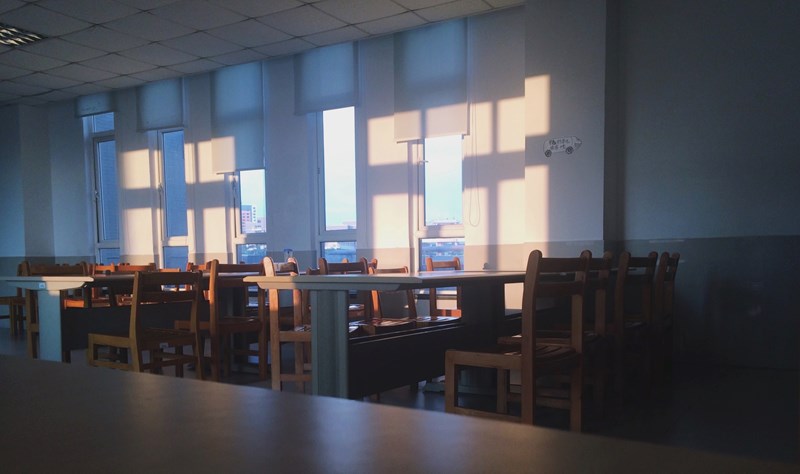Energy-efficient windows are a crucial investment for schools, offering benefits that extend beyond reducing energy bills. They contribute to a comfortable learning environment, promote sustainability, and enhance indoor air quality. Choosing the right windows and installing them properly can make a significant difference in reducing a school’s operational costs and environmental footprint. This article explores the benefits of energy-efficient windows for schools and provides essential tips for selecting and installing them.

Benefits of Energy-Efficient Windows for Schools
- Reduced Energy CostsEnergy-efficient windows help reduce heating and cooling demands by minimizing heat loss in winter and blocking heat gain in summer. For schools with tight budgets, these savings can free up funds for educational programs and facility improvements.
- Impact: According to the U.S. Department of Energy, energy-efficient windows can reduce heating and cooling costs by up to 25%. Schools, which have high energy usage due to their size and occupancy levels, can greatly benefit from these savings.
- Improved Indoor Comfort for Students and StaffMaintaining a stable indoor temperature is essential for a comfortable learning environment. Energy-efficient windows minimize drafts, cold spots, and overheating, which can distract students and affect their focus.
- Impact: Studies show that comfortable indoor temperatures are associated with higher student concentration and academic performance. Energy-efficient windows help create a stable, distraction-free environment where students and staff can focus on their tasks.
- Enhanced Natural Lighting Without GlareEnergy-efficient windows often come with Low-E coatings that control the amount of light and heat entering the room. These coatings allow ample natural light while reducing glare, making classrooms brighter without causing visual discomfort.
- Impact: Natural light has been shown to improve mood, increase alertness, and enhance learning outcomes. By maximizing natural light, energy-efficient windows help foster a positive and productive learning atmosphere.
- Reduced Environmental ImpactSchools that invest in energy-efficient windows contribute to sustainability by reducing their carbon footprint. Lower energy consumption translates to fewer greenhouse gas emissions, aligning with environmental goals and sustainability practices.
- Impact: Many schools today are prioritizing eco-friendly facilities to educate students about the importance of sustainability. Installing energy-efficient windows is a simple yet impactful step toward creating an environmentally conscious campus.
Key Features to Look for in Energy-Efficient Windows
- Double or Triple GlazingMulti-pane windows provide better insulation than single-pane windows by trapping air (or a gas like argon) between glass layers, creating an insulating barrier.
- Benefit: Double or triple glazing reduces heat transfer, maintaining indoor temperatures and reducing HVAC reliance, especially in regions with extreme temperatures.
- Low-E (Low Emissivity) Glass CoatingsLow-E coatings are thin metallic layers applied to the glass surface that help reflect heat. In colder climates, they keep heat inside, while in warmer climates, they reflect external heat away from the interior.
- Benefit: Low-E coatings allow natural light while blocking UV and infrared rays, which control heat gain and prevent fading of classroom furniture and materials.
- Thermal Break FramesThermal break frames contain an insulating material, such as plastic or resin, that prevents the transfer of heat or cold between the frame’s interior and exterior.
- Benefit: These frames significantly improve insulation and prevent drafts, making them ideal for climates with extreme seasonal temperature changes.
- Gas FillsDouble- and triple-pane windows often use gas fills, such as argon or krypton, between the panes. These gases provide better insulation than regular air, enhancing energy efficiency.
- Benefit: Gas-filled panes help maintain a consistent temperature and reduce heating and cooling costs, especially in large, open classroom spaces.
- Soundproofing FeaturesEnergy-efficient windows often include soundproofing layers, which benefit schools in noisy urban environments or near high-traffic areas. These layers reduce external noise, enhancing classroom focus.
- Benefit: Soundproofing creates a quieter environment, reducing distractions and helping students concentrate on their work.

Tips for Installing Energy-Efficient Windows in Schools
- Conduct an Energy Audit FirstAn energy audit can identify specific areas of energy loss in a school building, providing valuable insights into where energy-efficient windows would make the most impact.
- Tip: Contact a local energy auditor or utilize government-sponsored programs for energy audits in schools. This process helps determine where the investment in energy-efficient windows will deliver the highest return.
- Choose Windows Appropriate for Local ClimateNot all energy-efficient windows are created equal, and climate plays a significant role in choosing the right type. Schools in colder climates may benefit from windows with higher insulation, while schools in warmer regions may need windows that reflect sunlight.
- Tip: Look for windows with climate-appropriate ratings on the National Fenestration Rating Council (NFRC) label, which provides data on U-factor (insulation), Solar Heat Gain Coefficient (SHGC), and Visible Transmittance (VT).
- Work with Certified InstallersProfessional installation is critical to maximizing the performance of energy-efficient windows. Certified installers ensure that windows are properly sealed and fitted, preventing air leaks and ensuring a tight seal.
- Tip: Select installers who specialize in energy-efficient windows for educational or public buildings, as they will have experience with local building codes and specific requirements for school facilities.
- Incorporate Shading SolutionsAdding shades, blinds, or tinting films can further enhance energy efficiency by reducing direct sunlight and controlling glare. These solutions are particularly useful for classrooms with large windows that receive strong sunlight.
- Tip: Choose adjustable shades or blinds to give teachers control over classroom lighting, especially for activities that require dimmer lighting, like presentations.
- Plan for Regular MaintenanceEnergy-efficient windows require periodic maintenance to preserve their insulating properties and longevity. Regularly checking for worn seals, cleaning Low-E glass, and inspecting frames for wear can prevent issues and maintain optimal performance.
- Tip: Establish a maintenance schedule to check for sealant wear, especially before and after extreme weather seasons. Proper upkeep can prevent small issues from becoming costly repairs.

Conclusion
Selecting and installing energy-efficient windows in schools is a valuable investment that improves indoor comfort, reduces energy costs, and supports sustainability. By choosing windows with the right features—such as multi-pane glazing, Low-E coatings, and thermal break frames—schools can create a comfortable, eco-friendly learning environment that benefits students, staff, and the planet. Following these installation tips can further enhance energy efficiency, ensuring that schools maximize the performance and longevity of their windows while creating ideal educational spaces.


